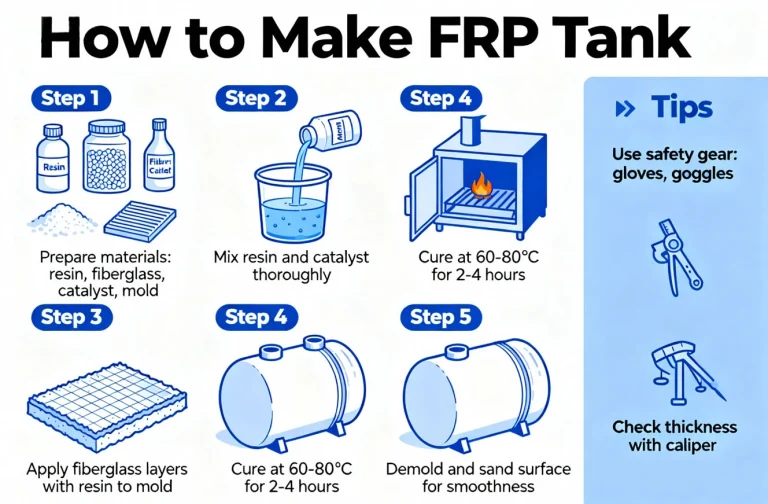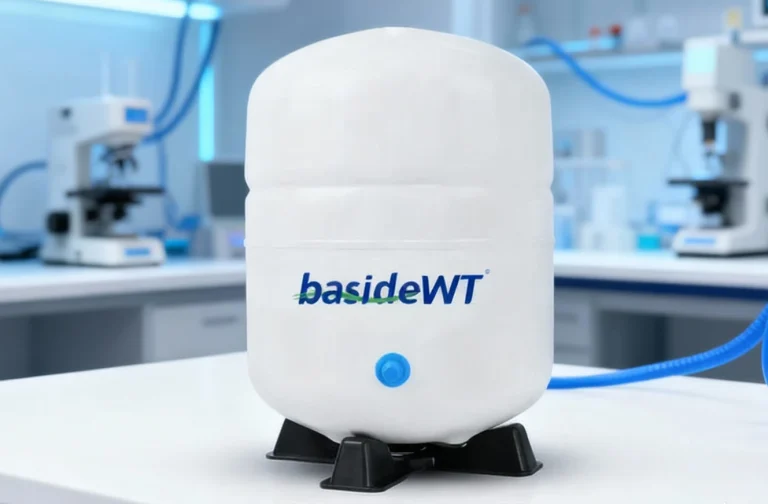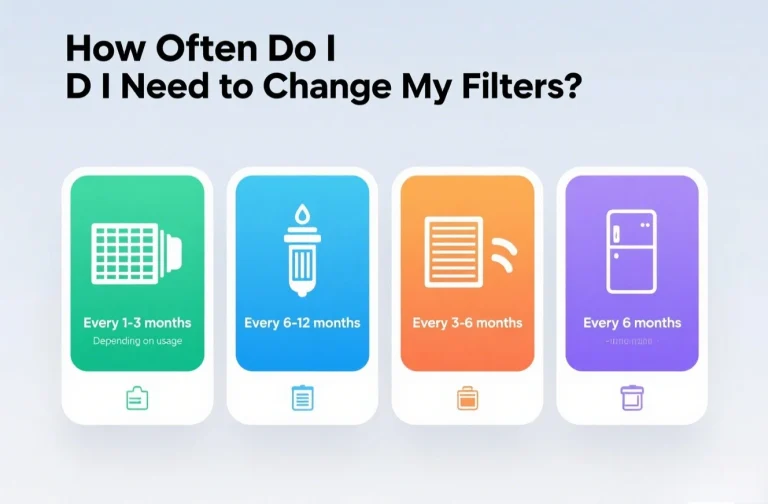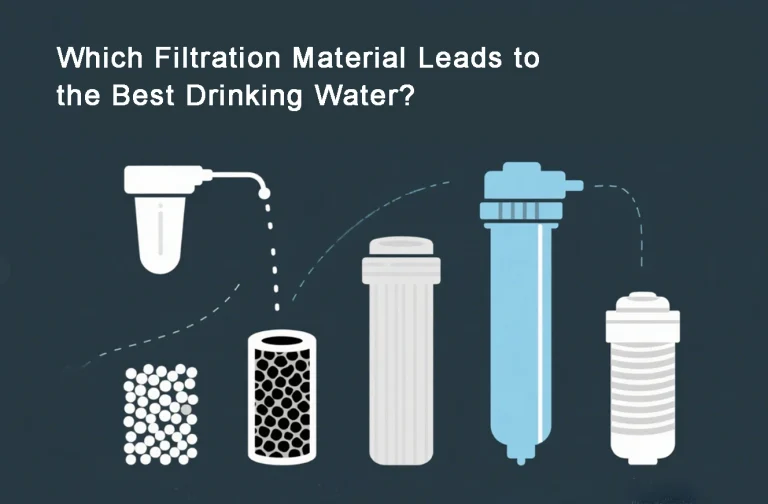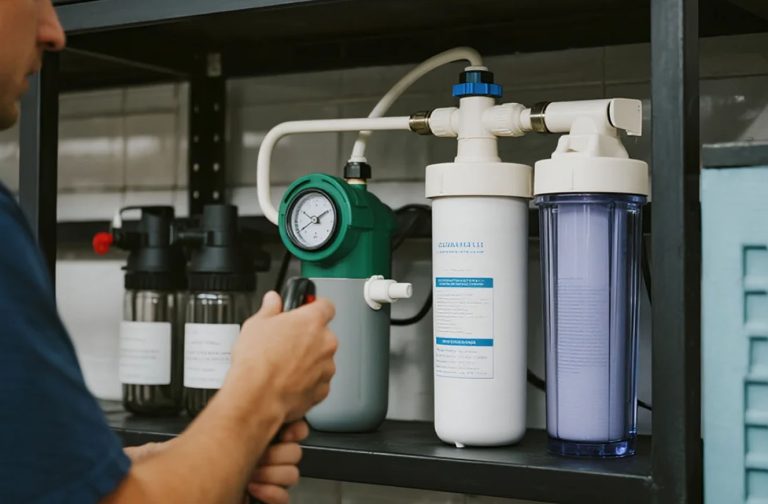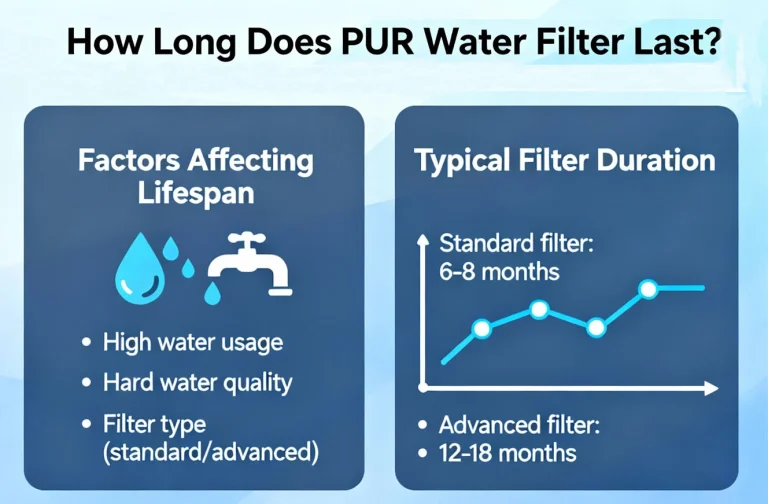BasideWT- Whole Home Water Filtration System & Replacement

how much does a home water treatment system cost
When considering installing a home water treatment system, many homeowners wonder: How much does a home water treatment system cost? The cost of a water treatment system can vary greatly depending on several factors such as the type of system, the size of the household, water quality, and the specific contaminants that need to be addressed. Understanding these elements can help you make an informed decision about the most suitable water treatment solution for your home.
In this article, we’ll break down the costs for various types of home water treatment systems, explore the factors that influence pricing, and provide some general pricing ranges to help guide your decision-making process.
Factors That Influence the Cost of a Home Water Treatment System
Before diving into the specific costs, it’s important to consider the factors that affect the price of a water treatment system:
1. Type of Water Treatment System
The type of water treatment system you choose plays a significant role in the overall cost. There are various systems available, and their prices can range from a few hundred dollars to several thousand dollars, depending on the level of purification required.
- Basic Systems: Simple filtration units such as activated carbon filters, pitcher filters, and faucet filters can be more affordable.
- Advanced Systems: More comprehensive systems like reverse osmosis (RO) filters, UV purifiers, or whole-house filtration systems typically come at a higher cost.
- Combination Systems: Some homes may require a combination of filtration methods (e.g., a water softener paired with a UV filter or an RO system), which can increase the price.
2. Water Quality and Contaminants
The quality of your water and the contaminants present are also key factors. For instance, well water may contain high levels of bacteria, heavy metals, or other contaminants, requiring a more robust water treatment system. On the other hand, municipal water systems may need only basic filtration to remove chlorine and improve taste.
3. System Size and Installation Complexity
The size of your home and the volume of water you use will affect the cost. Whole-house filtration systems, which are designed to filter all the water entering your home, will be more expensive than point-of-use systems like under-sink or countertop filters. Installation costs can also vary depending on how complex the setup is.
- Point-of-Use Systems: These systems treat water at specific points (e.g., the kitchen sink or shower) and are generally more affordable.
- Whole-House Systems: These systems filter water for the entire house, and installation can be more labor-intensive and expensive.
4. Brand and Features
Some brands offer more advanced features, like digital monitoring, automatic maintenance alerts, or energy-efficient designs. These features often come at an additional cost. However, the long-term benefits in terms of maintenance and convenience may justify the extra expense.
Types of Water Treatment Systems and Their Costs
Now, let’s break down the approximate costs for various home water treatment systems:
1. Activated Carbon Filters
Activated carbon filters are one of the most common and affordable types of water filtration systems. They are typically used to remove chlorine, bad odors, and organic chemicals.
- Cost:
- Pitcher Filters: $20–$60.
- Faucet Filters: $30–$100.
- Countertop Systems: $100–$400.
- Under-Sink Systems: $150–$500.
These systems are great for people who want to improve the taste and odor of their water without spending a lot.
2. Reverse Osmosis (RO) Systems
Reverse osmosis is one of the most effective methods of water purification. It removes a broad range of contaminants, including heavy metals, salts, and microbes.
- Cost:
- Under-Sink RO Systems: $150–$600.
- Whole-House RO Systems: $1,000–$3,000+.
- Installation: Professional installation can cost $200–$500, depending on complexity.
RO systems are more expensive upfront due to the advanced filtration technology but are highly effective at purifying water.
3. UV (Ultraviolet) Water Purifiers
UV purifiers use ultraviolet light to kill bacteria, viruses, and other pathogens. They are often used in conjunction with other filtration methods for comprehensive water treatment.
- Cost:
- Point-of-Use UV Systems: $100–$500.
- Whole-House UV Systems: $400–$1,500+.
- Installation: Typically $100–$400 for professional installation.
UV systems are effective for disinfecting water but do not remove chemical contaminants or sediments, so they are usually used alongside other filters.
4. Water Softeners
Water softeners are designed to remove hard minerals, such as calcium and magnesium, that cause scaling in pipes and appliances. They are particularly useful for homes with hard water.
- Cost:
- Small/Under-Sink Units: $300–$700.
- Whole-House Water Softeners: $600–$2,500+.
- Installation: Installation costs typically range from $150–$500.
The price varies depending on the capacity of the water softener and the size of your home.
5. Whole-House Filtration Systems
Whole-house filtration systems treat all the water that enters your home. These systems often combine multiple filtration technologies, such as sediment filtration, activated carbon, and water softening, to provide comprehensive treatment.
- Cost:
- Basic Systems: $400–$1,000.
- Advanced Systems: $1,000–$4,000+.
- Installation: Whole-house systems may cost $500–$1,500 for installation, depending on the complexity.
These systems are ideal for homeowners who want to ensure clean, purified water at every faucet in the house.
Additional Costs to Consider
While the initial cost of the system is a key factor, it’s also important to consider ongoing maintenance and operational costs. These include:
1. Filter Replacement Costs
Most water treatment systems require regular filter replacements to ensure their effectiveness. Depending on the system, filters may need to be replaced every 3–12 months.
- Cost: Replacement filters typically range from $20 to $200, depending on the type and brand of the system.
2. Energy Costs
Some water treatment systems, especially reverse osmosis and UV systems, use electricity. While the energy consumption is typically low, it’s something to keep in mind for the long-term cost.
3. Water Wastage (For RO Systems)
Reverse osmosis systems can waste up to 4 gallons of water for every gallon of purified water produced. However, some newer, more efficient RO systems have been designed to minimize water wastage.
- Cost: The increased water usage can add to your water bill, especially in areas with higher water costs.
Case Study: Choosing the Right Water Treatment System for a Family Home
To provide a real-world example, let’s consider a family living in a suburban area where the municipal water supply contains high levels of chlorine and some minerals that affect taste. They are looking for a cost-effective solution that improves water quality without breaking the bank.
Problem:
The family wants to remove chlorine, improve taste, and ensure the water is safe for drinking and cooking, but they don’t want to spend a lot of money.
Solution:
They opt for an under-sink activated carbon filter, which costs around $150. It effectively removes chlorine and improves taste. Additionally, they install a UV purifier for $250 to kill any potential bacteria and viruses.
Outcome:
The total cost of the system is $400, and they only need to replace the filters every 6 months at a cost of about $50. The family is satisfied with the water quality, and the system is affordable to maintain.


